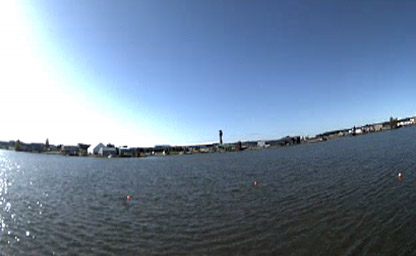
Lake Hood
The busiest seaplane base in the world

The busiest seaplane base in the world
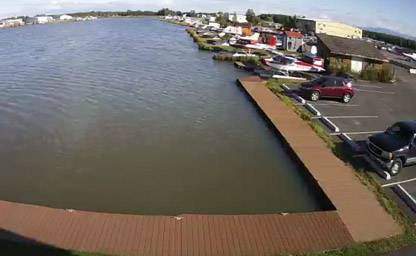
The take off lane is the most southern lane and is aligned East-West
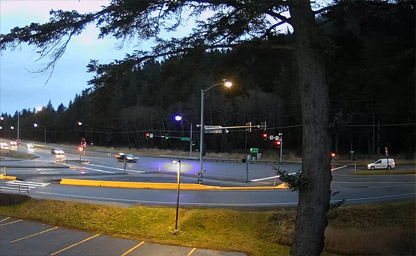
Is the capital city of the U.S. state of Alaska
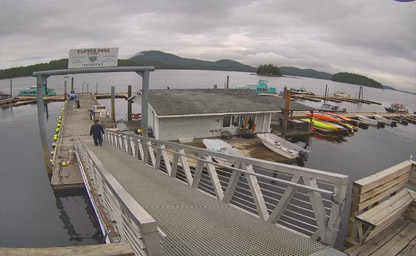
A popular cruise route along the state's southeastern coast
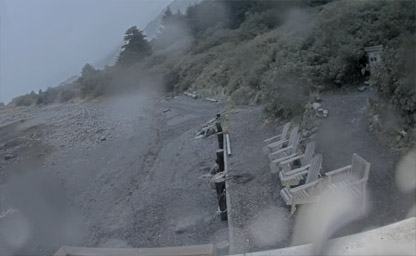
The second largest island in the United States, second only to the island of Hawaii
Live cameras scattered across the vast expanse of Alaska provide an extraordinary opportunity to experience the state’s breathtaking wilderness and vibrant communities in real time. From the majestic peaks of Denali National Park to the bustling harbors of Juneau, these webcams capture the unique essence of Alaska's rugged beauty and remote charm. Wildlife enthusiasts can watch for grizzly bears fishing for salmon in Katmai National Park or catch glimpses of moose and caribou wandering through snow-covered forests. Coastal webcams offer stunning views of glaciers calving into the ocean and whales breaching in the icy waters of the Gulf of Alaska. In urban areas like Anchorage and Fairbanks, live streams showcase daily life and special events, while the Aurora Borealis webcams provide spectacular views of the northern lights dancing across the Arctic skies. Whether you’re planning a trip, studying the state’s diverse ecosystems, or simply enjoying the tranquility of its untouched landscapes, Alaska’s network of webcams brings the Last Frontier to life from wherever you are.
Alaska is a land of extraordinary history, diverse climates, and unparalleled geography, offering insights into the cultural, political, and environmental evolution of the region. Known as the "Last Frontier," this state holds a significant place in the geopolitical and natural tapestry of the United States.
Alaska’s history is deeply rooted in its Native American, Russian, and American heritage, making it one of the most culturally rich states in the U.S. Long before European contact, Alaska was inhabited by Indigenous peoples such as the Inuit, Yupik, Tlingit, Haida, and Athabaskan groups. These communities lived in harmony with the land, developing intricate social structures, art, and traditions that are still celebrated today. The archaeological sites in places like Barrow and Kodiak Island reveal thousands of years of human habitation and adaptation to one of the harshest environments on Earth.
In 1741, Russian explorer Vitus Bering charted Alaska’s coastline, marking the beginning of European influence in the region. By the late 18th century, Russian settlers established fur trading posts, with Sitka serving as the capital of Russian America. The lucrative fur trade became a significant driver of economic activity, attracting settlers despite the region’s challenging conditions. However, by the mid-19th century, Russia’s interest in Alaska waned due to financial difficulties and concerns over losing the territory to British expansion. This led to the sale of Alaska to the United States in 1867 for $7.2 million, a transaction often referred to at the time as "Seward's Folly."
After the U.S. acquisition, Alaska’s importance grew steadily. The Klondike Gold Rush of the 1890s brought a wave of prospectors and settlers, forever changing the social and economic fabric of the region. Alaska became a strategic military outpost during World War II due to its proximity to Asia, leading to the construction of the Alaska Highway and other critical infrastructure. In 1959, Alaska achieved statehood, becoming the 49th state of the U.S. Since then, it has played a vital role in the nation’s energy production, particularly through oil exploration and the development of the Trans-Alaska Pipeline System. Today, Alaska remains a hub of cultural preservation, natural resource management, and tourism, offering a fascinating blend of history and modernity.
The climate of Alaska is as varied as its vast landscape, ranging from icy Arctic conditions to temperate rainforests. The state can be divided into several climatic regions, each with its own unique characteristics. In the Arctic region, which includes areas like Utqiaġvik (formerly Barrow), winters are long and dark, with temperatures plunging well below freezing. The summer months bring the phenomenon of the midnight sun, where the sun remains above the horizon for weeks, creating extended daylight hours.
The interior of Alaska, including cities like Fairbanks, experiences an extreme continental climate. Summers are surprisingly warm, with temperatures occasionally reaching 90°F (32°C), while winters can be brutally cold, dropping as low as -50°F (-45°C). This region is also known for its dry conditions and clear skies, making it one of the best places in the world to witness the Aurora Borealis during the winter months.
Coastal Alaska, encompassing areas like Anchorage, Juneau, and the southern panhandle, enjoys a more temperate maritime climate. Winters are milder compared to the interior, with average temperatures hovering around freezing. Summers are cool and wet, with frequent rainfall that nourishes the lush temperate rainforests. The Gulf of Alaska and the Aleutian Islands are prone to storms, and the region occasionally experiences the effects of Pacific typhoons transitioning into extratropical cyclones.
In southwest Alaska and the Aleutian Islands, the climate is dominated by maritime influences, characterized by cool, windy, and wet weather year-round. This area is also seismically active, with frequent earthquakes and volcanic activity due to its location along the Pacific Ring of Fire. Alaska’s varied climate zones not only shape its ecosystems but also influence the way its residents live, from reliance on fishing and subsistence hunting to adapting to extreme weather conditions.
Alaska’s geography is a study in grandeur, with vast landscapes that include towering mountains, expansive tundra, dense forests, and a coastline longer than all other U.S. states combined. The state covers over 663,000 square miles, making it the largest in the United States and accounting for about 17% of the country’s total land area. Alaska is bordered by Canada to the east, the Arctic Ocean to the north, and the Pacific Ocean to the south and west, with the Bering Strait separating it from Russia.
One of Alaska’s most iconic geographic features is the Alaska Range, home to Denali, the tallest mountain in North America, standing at 20,310 feet (6,190 meters). Denali National Park and Preserve is a popular destination for hikers, climbers, and wildlife enthusiasts, offering opportunities to see grizzly bears, caribou, and wolves. The Wrangell-St. Elias National Park, the largest in the United States, boasts massive glaciers, rugged peaks, and pristine wilderness, further highlighting Alaska’s geological diversity.
To the north, the Arctic Coastal Plain stretches toward the frozen expanse of the Arctic Ocean. This region is dominated by tundra, where permafrost underlies much of the soil. The area is a critical habitat for polar bears, Arctic foxes, and migratory birds. In contrast, the southern panhandle, known as the Inside Passage, is characterized by fjords, islands, and temperate rainforests. This area includes the Tongass National Forest, the largest national forest in the U.S., which is rich in biodiversity and cultural history.
Alaska’s extensive river systems, such as the Yukon and Kuskokwim Rivers, are vital lifelines for transportation, fishing, and ecological balance. The state also boasts an abundance of lakes and wetlands, including Lake Iliamna, the largest lake in Alaska and one of the largest in the United States. Along the southern coast, glaciers such as Hubbard Glacier and Mendenhall Glacier draw visitors from around the globe, showcasing the power and beauty of Alaska’s icy landscapes.
The Aleutian Islands, a chain of volcanic islands extending westward from mainland Alaska, are another remarkable geographic feature. These islands are part of the Pacific Ring of Fire and are home to numerous active volcanoes. The islands also act as a natural bridge between North America and Asia, highlighting their importance in both ecological and historical contexts.
Tip: For an unforgettable experience, consider taking a guided tour of Alaska’s glaciers or embarking on a wildlife cruise along the Inside Passage. These activities provide a close-up view of the state’s natural wonders and are perfect for photography enthusiasts.
Interesting Fact: Alaska has more than 3 million lakes, over 100,000 glaciers, and approximately 6,640 miles of coastline, making it a paradise for nature lovers and adventure seekers. Additionally, Alaska is home to Point Barrow, the northernmost point in the United States, where visitors can witness the Arctic Ocean’s icy expanse.